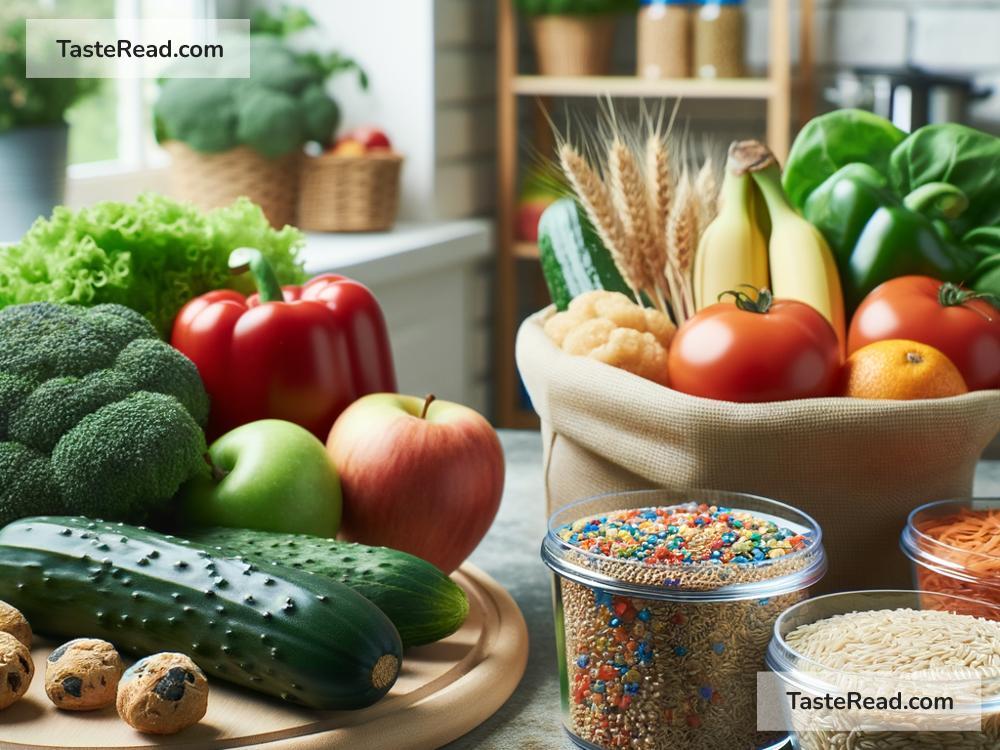The Impact of Food Processing on Nutrient Bioavailability
Food is essential for life, providing the nutrients and energy we need to stay healthy. However, not all foods deliver their nutrients to our bodies in the same way. This is because of something called “nutrient bioavailability,” which refers to how much of the nutrients in food can be absorbed and used by the body. One of the factors that affects nutrient bioavailability is food processing. While food processing can improve certain aspects of food, it can also change how the nutrients in that food behave. In this article, we’ll explore the impact of food processing on nutrient bioavailability and what it means for our health.
What Is Food Processing?
Food processing includes any action that changes raw food into something more convenient or ready-to-eat. This can be as simple as washing, peeling, or chopping food, or as complex as canning, freezing, frying, or turning it into packaged snacks. While processing makes food easier to store, cook, and eat, it can alter the structure and nutrient content of food in various ways.
The Relationship Between Food Processing and Nutrient Bioavailability
- Reducing Nutrients
Some forms of food processing can lead to the loss of important nutrients. For example: - Cooking at high temperatures can break down heat-sensitive vitamins like vitamin C and some B vitamins.
- Refining grains to make white bread or white rice removes the outer parts of the grain, where fiber and important nutrients like magnesium, iron, and B vitamins are found.
- Washing, chopping, or peeling fruits and vegetables too far in advance can also drain nutrients, especially in cases where the food is exposed to air or sunlight for a long time.
When these processes remove nutrients or destroy them, it reduces the food’s nutritional value and therefore lowers its bioavailability. This means our bodies get fewer of the nutrients from the food.
- Improving Bioavailability
Surprisingly, food processing isn’t all bad. In some cases, it can actually make certain nutrients easier for our bodies to absorb. Here are some examples: - Cooking to Unlock Nutrients: Cooking vegetables like tomatoes or carrots can break down strong cell walls and increase the bioavailability of antioxidants like lycopene and beta-carotene.
- Fermentation: Fermented foods like yogurt, kimchi, and tempeh can improve nutrient bioavailability. The fermentation process helps break down compounds in the food that may inhibit absorption and can even boost certain vitamins like B12.
- Soaking and Sprouting: Simple processing techniques like soaking beans or sprouting grains can reduce antinutrients (compounds that block nutrient absorption). This makes minerals like iron, zinc, and calcium easier for the body to use.
- The Role of Additives and Fortification
Many processed foods are fortified with extra nutrients to make up for the ones lost during processing. For example, white flour and cereals are often fortified with iron and folic acid, while milk is fortified with vitamin D. This can help ensure we still get enough of these essential nutrients. However, these nutrients might not be absorbed as efficiently as nutrients that occur naturally in food, depending on how they are added.
The Challenge of Antinutrients
Another way food processing affects bioavailability is by dealing with “antinutrients.” These are natural compounds in food that interfere with our ability to absorb nutrients. For example:
– Phytates in whole grains and beans bind to zinc and iron, making them harder to absorb.
– Oxalates found in spinach and other greens can reduce calcium absorption.
– Tannins in tea and coffee can inhibit iron uptake.
Some types of food processing—such as soaking, boiling, or fermenting—can minimize the effects of antinutrients, improving the bioavailability of the nutrients in the food.
Does Highly Processed Food Help or Harm?
Highly processed foods like chips, sodas, and instant meals are often criticized for being unhealthy. It’s not just because these foods are high in sugar, salt, and unhealthy fats; they also tend to be low in nutrient bioavailability. Many of these foods lack the original nutrients found in fresh, whole foods and may contain forms of nutrients that aren’t absorbed well by the body.
On the other hand, minimally processed foods—like frozen vegetables, canned beans, or pasteurized milk—can be convenient and still retain most of their nutrients. The key is to choose your processed foods wisely.
How Can You Maximize Nutrient Bioavailability?
Here are some tips to make sure you’re getting the most nutrients from your food:
1. Include a mix of fresh and minimally processed foods in your diet.
2. Use processing methods like cooking, fermenting, and soaking to improve bioavailability.
3. Pair foods together to enhance absorption—for example, eating vitamin C-rich foods (like oranges) with iron-rich foods (like spinach) can help your body absorb the iron better.
4. Limit highly processed foods that contribute little to your nutrient intake.
Conclusion
Food processing is a double-edged sword. On one hand, it can reduce the nutrient content of food and lower bioavailability; on the other hand, it can unlock nutrients and make them easier to absorb. The key is understanding how food processing impacts the nutrients in your food and making informed choices about what you eat. With a balanced diet that includes minimally processed foods and smart cooking methods, you can ensure you’re getting the most nutrients possible to support your health!


